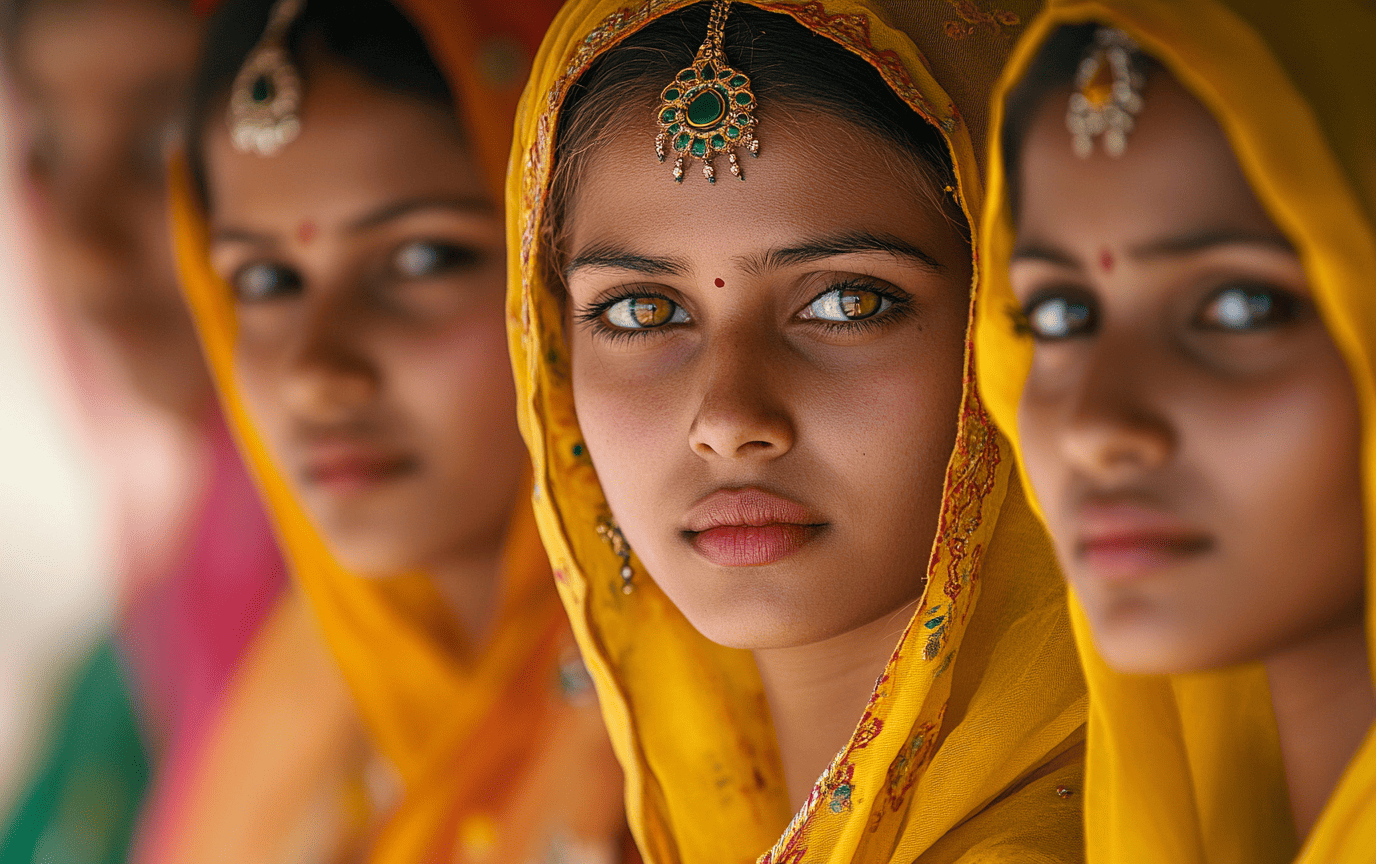Exploring the Significance of Color in Indian Culture
Vibrant strokes of red, bursts of yellow, the calmness of blue—these colors intertwine with the very essence of India's identity. In this land, colors speak louder than words. They whisper, shout, and explain the myriad emotions that define the human experience. Each festival, ceremony, and artwork holds a narrative—lush with emotion, steeped in tradition. This narrative takes on a life of its own, and as Travelers tread through it, they unravel a cultural tapestry unique to this part of the world.
What lies beneath these hues? The answer is layered, complex, and profoundly human. Join me as we embark on an extraordinary journey through the symbolism of color in Indian culture, from the exuberant celebration of the Holi festival to the solemnity of wedding ceremonies and beyond.
Historical and Spiritual Significance
The roots of color in Indian culture stretch deep into its spiritual and philosophical dimensions. Many know of the Gunas—actually, they shape the Indian worldview. Tamas (darkness), Rajas (passion), and Sattva (essence). Here, let the colors guide you: black for Tamas envelops us in stillness and despair, red for Rajas ignites our passions and fuels our actions, while white for Sattva calls forth purity and truth.
You see, these Gunas aren't just conceptual; they manifest in everyday life and art, as reflections of human experiences, thoughts, and aspirations. Each color embodies the story of our existence—a narrative punctuated by both joy and sorrow.
Colors in Indian Culture
Knowing the foundational concepts leads us to understand the individual colors that resonate within the hearts of millions.
Red
Ah, red—what a powerful symbol it is. A bride dressed in red stands at the altar, her laughter mingling with hopes and dreams. She wears the deep vermilion on her forehead, a mark of marital bliss, as if the color itself whispers promises of prosperity and fertility. In the heat of battle and the warmth of love, red holds sway over Indian culture.
"Never forget to wear your red during Diwali," her grandmother used to say, her eyes twinkling with knowing. The color is woven into the fabric of wedding ceremonies, where every detail is steeped in metaphor.
White
A juxtaposition of life—white. Traditionally seen as the color of those who walk the spiritually aligned path, the enlightened often don white to symbolize knowledge and peace. Yet, in the complexities of modernity, its association with mourning softens the edges of its meaning. As Travelers watch loved ones don this hue, they are reminded of life's ephemerality.
"Crying is sweeter when mingled with memories," the elderly sage would mutter, draped in white, conveying sorrow intertwined with serene acceptance.
Yellow
Step into the vibrant brightness of yellow. It encompasses joy, happiness, and the promise of wealth. The turmeric used in ceremonies adds a tactile element to tradition, representing auspicious beginnings. "A pinch of yellow for every good wish," mothers often declare, their hands dusted in golden powder, smearing it across cheeks of children adorned for Holi.
In the vibrant dance of festivities, yellow captures hope, wrapping it around eager hearts.
Blue
Venture into the depths of blue, a hue that tells tales of serenity and divinity. It encapsulates the infinite—the sky above and the oceans below. Revered in Hindu mythology, this color embodies the divine presence of Lord Krishna, whose skin is depicted as a deep cerulean.
"Isn’t it wonderful?" he once said, “how the vastness above reflects the depth of love beneath?” In moments of reflection, blue resonates as the tranquility that finds expression in the chaos around.
Green
As we embrace the lush landscapes scrawled with verdant strokes, green symbolizes connection to nature and rebirth. During the exuberant celebrations of Holi, green powder dances in the air, representing joy and fresh beginnings.
“One cannot exist without the other,” a gardener whispered, plucking marigolds, eager to remind all that life cycles through color harmoniously.
Colors in Traditional Indian Art
Within the strokes of an artist’s brush, colors are more than mere aesthetics; they convey deep stories—the essence of existence. In Hindu art, colors are employed rigorously to portray mythological scenes, unearthing their spiritual messages.
Mughal art flourishes with hues that evoke emotions, implementing asymmetrical designs rich in texture and meaning. The fiery reds represent passion and power, while the calming blues evoke peace and contemplative thoughts.
"Art isn’t just to be seen," an art curator shared, "it’s to touch the soul." And thus, each piece unfolds a narrative—lives lived, battles fought, unions forged—all suspended in time.
Colors in Modern Indian Culture
As we forge ahead into the contemporary realm, the legacy of colors burgeons. The Indian flag, draped in saffron for courage, white for peace, and green for fertility, displays aspirations and dreams woven into the fabric of the nation. Colors that once echoed through temples now adorn posters in bustling cities, promising change and growth.
Marketing departments thrive on color symbolism where red captures eyes and symbolizes prosperity. During Holi, every shade reflects joy and love, weaving a rich tapestry of cultural expressions.
"Look at the colors of this city," your friend would say, excitedly waving a vibrantly painted scarf. "Each one tells a story—the laughter, love, and even the heartache!"
Conclusion
As the sun dips below the horizon, painting the sky with hues of orange and purple, Travelers are left with the realization that colors in Indian culture whisper more than they show. They speak with elegance and depth, each hue representing the complexities and nuances of life.
From the lively laughs of Holi to the solemnity wrapped around wedding ceremonies, these colors tell timeless stories. The passion captured in red, purity embodied by white, happiness evident in yellow, peace found in blue, and nature echoed in green—each color a remembrance of what it means to be human.
As you traverse this vibrant tapestry, may you carry the essence of India's colors within your heart.
Interested in more insightful reads? Check out our Travel Tips section for the latest advice. For lifestyle inspiration, explore our Lifestyle category, and dive into amazing destinations at Destinations. Don't forget to connect with us on YouTube, or follow our adventures on Instagram and Pinterest.













